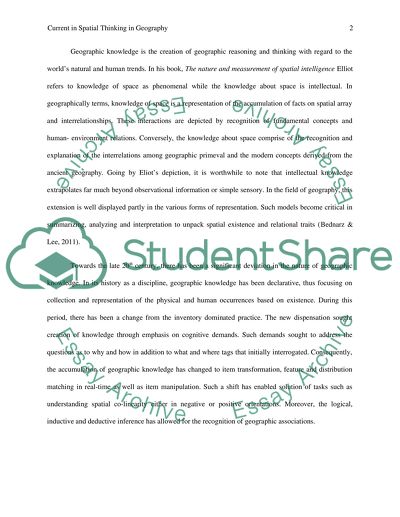Cite this document
(“Essay on Current Trends in Spatial Thinking in Geography”, n.d.)
Essay on Current Trends in Spatial Thinking in Geography. Retrieved from https://studentshare.org/geography/1473822-essay-on-current-trends-in-spatial-thinking-in
Essay on Current Trends in Spatial Thinking in Geography. Retrieved from https://studentshare.org/geography/1473822-essay-on-current-trends-in-spatial-thinking-in
(Essay on Current Trends in Spatial Thinking in Geography)
Essay on Current Trends in Spatial Thinking in Geography. https://studentshare.org/geography/1473822-essay-on-current-trends-in-spatial-thinking-in.
Essay on Current Trends in Spatial Thinking in Geography. https://studentshare.org/geography/1473822-essay-on-current-trends-in-spatial-thinking-in.
“Essay on Current Trends in Spatial Thinking in Geography”, n.d. https://studentshare.org/geography/1473822-essay-on-current-trends-in-spatial-thinking-in.


